Imagine being told that your only distinguishing visual feature is that you have no distinguishing visual features. Hurtful stuff.
But it’s quite a useful guide to the garden warbler. On first look they may appear to be an unfinished model of ‘generic small bird’, to which interesting eye stripes, wing bars and a dash of colour are yet to be applied.
However, like the nightingale, garden warblers hardly need bother with visual aesthetics because they have a wonderful song. And each spring thousands of us will cock our ears to it while asking ourselves: ‘Is that a blackcap?’
Garden warblers and blackcaps sound very much alike. Both make a rapid rushing warble, often from thick cover.
The garden warbler has a reputation as the slightly less accomplished of the two.
With sustained listening, we can notice that it lacks the flutey variation of the blackcap, being buzzier, lower and more babbling.
While blackcaps tend to be dramatic and relatively brief, garden warblers are chattier and can go on a bit.
Another useful clue is the difference between their alarm calls. Blackcaps have a sharp ‘tak!’ that they throw in freely between bursts of song, whereas garden warblers have a raspier ‘chet’, that to my ear has something of the chicken about it.
Garden warblers are also rather poorly named in the English language. They’re unlikely to be found in anything other than the biggest and most rambling of gardens, as their preferred habitat is thick scrub and coppiced woodland.
These are the groves to which they return in late April, and from where they will sing until midsummer, before quietly disappearing back south to Africa in the early autumn.
Unlike their blackcap cousins, they have not developed a taste for British winters or garden bird feeders, but in southern Europe they are known for their love of ripe figs; indeed they’re are called ‘fig warbler’ in Portugal. And in late summer they may be found with the purple juice staining the feathers around their bill, which is one way to add that dash of colour.
Garden warblers find a home in summer across much of Europe and parts of central Asia. They winter in central and southern Africa. Overall their range in the UK (and in other parts of Europe) is expanding northwards, and they are currently green listed in the UK, with a population of around 150,000 pairs nesting here each year. For more on the garden warbler’s behaviour and ecology, visit the BTO website.
Compare with: Blackcap
This is the 24th instalment in 2025’s cycle of Shriek of the Week. You can catch up with Robin - which includes details of how this works - as well as Wren, Song Thrush, Blackbird, Great Tit, Dunnock, Chaffinch, Goldcrest, Nuthatch, Chiffchaff, Skylark, Great Spotted Woodpecker, Blackcap, Starling, Willow Warbler, Nightingale, Whitethroat, Swift, Redstart, Greenfinch, Turtle Dove, Spotted Flycatcher and Firecrest.
For those who can, subscribing to the paid tier of Shriek of the Week supports me to write more and keep this all going.
It also gets you access to the full A-Z archive of Shriek of the Week AND our livestream-hopping Early Bird Club call - the next is 8am BST (GMT +1) on Saturday 5 July.
Thank you Penny for your recent support. 🐦⬛
📺 Watch of the week:
The Breeding Terns of Rye Harbour Nature Reserve
A delightful short animation commissioned by the Friends of Rye Harbour Nature Reserve and made by Will Rose, featuring the three kinds of tern that nest on the shingle at one of the most important sites for nature in southeast England.
If you haven’t visited Rye Harbour nature reserve before, the next couple of months are an excellent time to do so - terns, gulls, oystercatchers and avocets all feeding young and making an unforgettable racket.
🥾 Now booking: Summer Birdsong Academy Walkshop
Stanmer Park, Brighton, Saturday 28 June, 7.15 - 10.30am
Come and learn about warblers, firecrests, ‘corn blobs’ and other summer singers, in the historic landscape of Stanmer Park.
We’ll take a slow walk around the village and downland edge, tracking woodpeckers, ravens and wagtails as we go, before arriving in the walled One Garden for a Q&A and optional refreshments.
Small group size = very limited tickets!
Next week: Nightjar

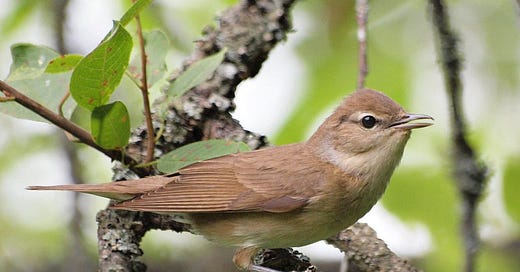
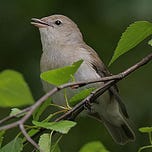


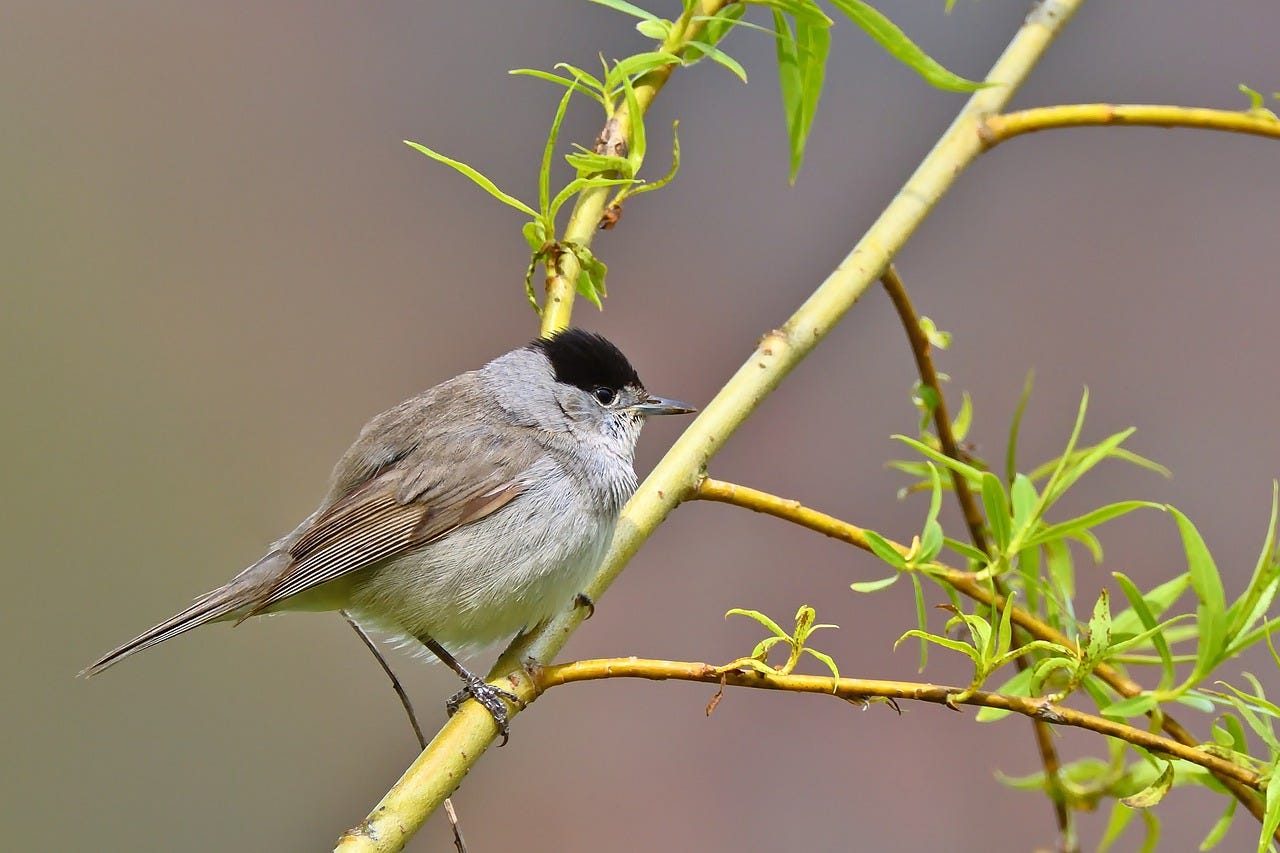


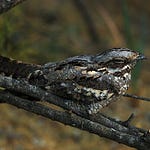

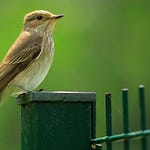



Share this post